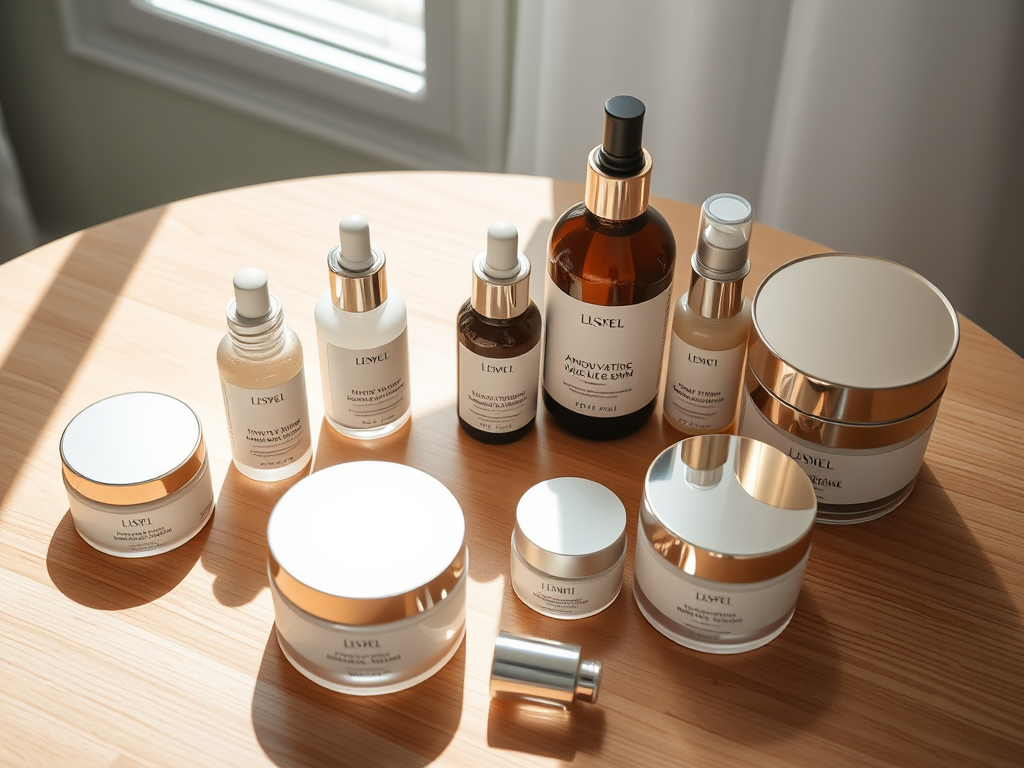Ever wonder why certain skincare products don’t work as expected for you? The answer might lie in not knowing your skin type. Understanding your skin type is fundamental to crafting a skincare routine that truly benefits your skin’s unique needs. This article will serve as your ultimate guide to finding your skin type, ensuring you unlock the full potential of your skincare regimen.
Why Knowing Your Skin Type is Crucial

Knowing your skin type is not merely a vanity measure; it is an essential aspect of your skincare approach. Differentiating between dry, oily, combination, and sensitive skin can help tailor your skincare regimen more precisely. When you recognize your skin type, you can better choose products that enhance your skin’s natural state rather than harm it.
For instance, using products for oily skin on dry skin can exacerbate dryness and irritation. Similarly, applying rich creams meant for dry skin on oily skin can lead to clogged pores and breakouts. By understanding your skin type, you can prevent these common skincare mishaps and enjoy healthier, more radiant skin.
How to Determine Your Skin Type

Determining your skin type is simpler than it may seem, and can easily be done at home with a straightforward test. First, wash your face with a gentle cleanser and pat it dry. Leave your skin bare without applying any products for about an hour. Spend this time observing how your skin behaves.
After the hour has passed, closely examine your skin. Does it feel tight or rough? You likely have dry skin. Is it shiny and feels greasy to the touch, especially around the T-zone? This indicates oily skin. If your T-zone is oily but your cheeks are dry or normal, you may have combination skin. If your skin is reactive, or you experience redness and irritation, you might have sensitive skin.
As you go through this process, keep a mirror handy and take note of the characteristics revealed. Once determined, you can confidently choose products specifically designed for your skin type.
Recognizing the characteristics of each skin type can assist further in identifying your own. Below are detailed descriptions of typical traits associated with each skin type:
- Dry Skin: Often feels tight and may have flakes or rough patches. It lacks oil and moisture, leading to a dull complexion.
- Oily Skin: Commonly has a shiny appearance and is prone to blackheads, pimples, and enlarged pores due to excessive oil production.
- Combination Skin: Features a mix of both dry and oily characteristics, typically oily in the T-zone and dry on the cheeks.
- Sensitive Skin: Is easily irritated and often appears red. This type may feel itchy or develop rashes from harsh ingredients or environmental factors.
Skincare Routine Recommendations for Each Skin Type
Once you’ve identified your skin type, embracing a specific skincare routine can dramatically improve your skin’s health. Here are some tailored routines to consider:
- Dry Skin: Use a gentle, hydrating cleanser and a rich moisturizer. Look for products with hyaluronic acid or glycerin for added moisture. Exfoliate no more than once a week to avoid irritation.
- Oily Skin: Opt for a foaming cleanser to help control excess oil. Use a light, oil-free moisturizer and include salicylic acid-based treatments to manage breakouts. Exfoliate 2-3 times a week.
- Combination Skin: Use a mild cleanser and lightweight moisturizer. Target oily areas with oil-control products while hydrating the dry patches. Consider a bi-weekly exfoliation to balance needs.
- Sensitive Skin: Choose fragrance-free, hypoallergenic products. Cleanse gently with moisturizing formulas, and use soothing ingredients like chamomile or aloe vera. Avoid harsh exfoliants, and instead, opt for gentle exfoliating treatments once every two weeks.
Conclusion
Identifying your skin type is a formidable step towards achieving healthy, vibrant skin. It allows you to make informed choices and tailor your skincare regime to match your skin’s needs precisely. Although this initial step might seem daunting, understanding your skin’s natural tendencies can lead to a transformative skincare experience. Remember, the key to radiant skin is not only in the products you use but also how well you know your skin’s unique characteristics. So take the time to find your skin type and curate a routine that nourishes and respects its individuality.
Frequently Asked Questions
-
Can my skin type change over time?
Yes, your skin type can change due to factors such as age, hormonal changes, and environmental influences. It’s important to reassess your skin type periodically to ensure your skincare routine remains effective.
-
Is it possible to have a different skin type on different parts of my face?
Absolutely. Many people experience combination skin, where different areas of the face such as the T-zone and cheeks have varying characteristics and needs.
-
How often should I reassess my skin type?
It’s a good idea to reassess your skin type with the changing seasons or if you notice significant changes in your skin’s condition. A semi-annual check can help keep your skincare routine relevant.
-
Are there professional services that can help determine my skin type?
Yes, dermatologists and certified skin care professionals can analyze your skin using advanced diagnostic tools to provide an accurate assessment of your skin type.
-
What should I do if my skin reacts negatively to a new product?
If you experience a negative reaction, discontinue use immediately and consult with a dermatologist. They can help identify the ingredient causing irritation and suggest suitable alternatives.


